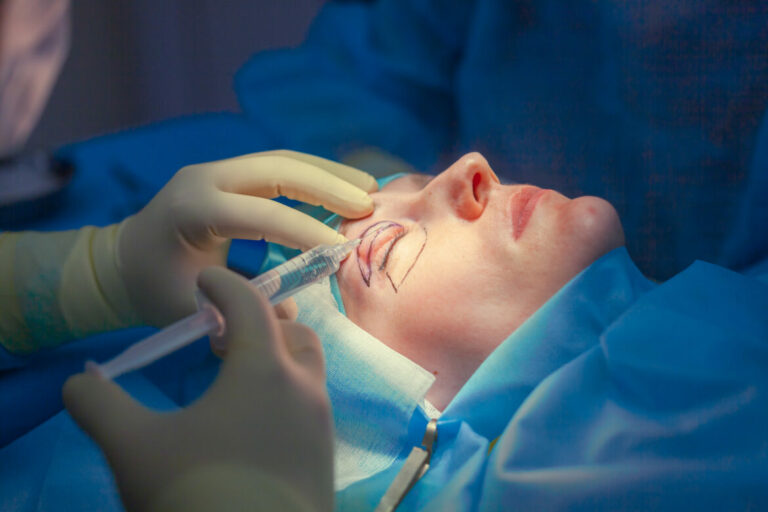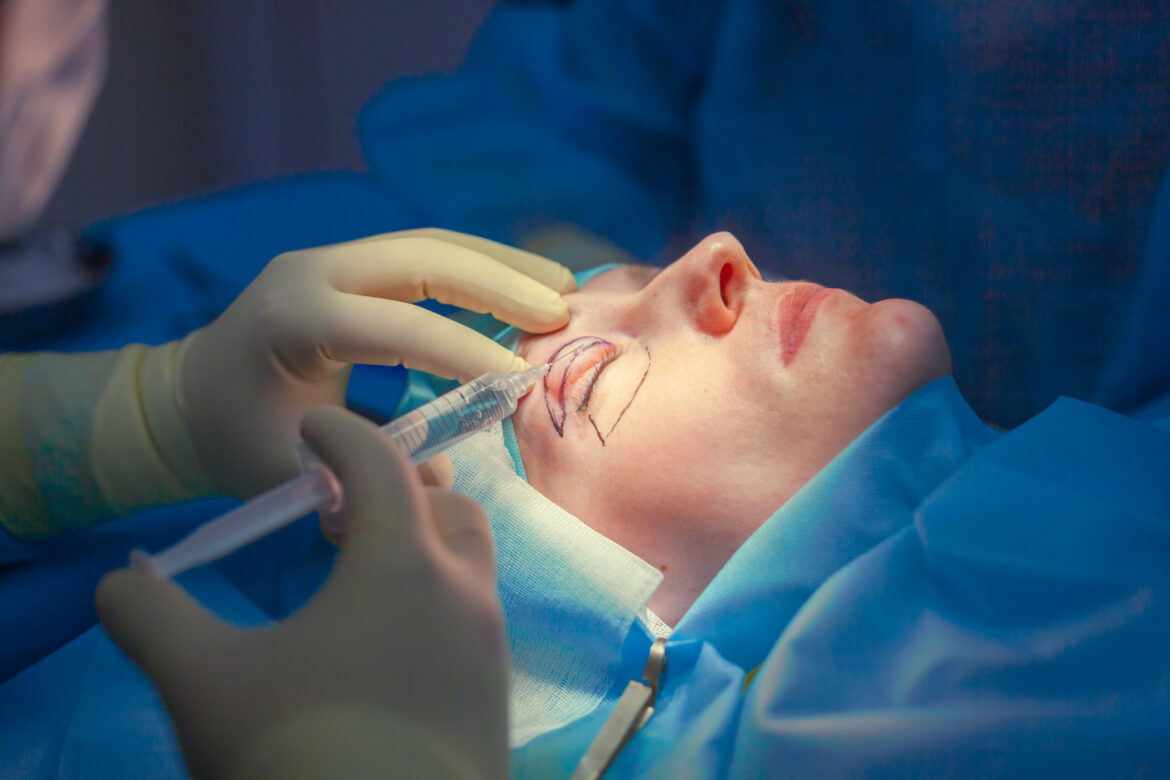
If you find that your chalazion is causing pain or any other side effects, the best route is to remove it. However, there are several different ways to do this and not all work for everyone. You’ll want to ensure that what you’re going through is medically termed a chalazion before you start exploring options. One of the best ways to combat this chronic inflammation or cyst is by getting an excision, but where?
What is Chalazion Surgery?
Chalazion surgery is a procedure used to remove a chalazion, a lump that forms on the eyelid due to a blocked meibomian gland. Various incisions, incision and punch, scleral buckle, laceration, and sacrifice flap surgical procedures may be used to remove chalazia. One of the most popular surgical techniques for removing chalazia is a microsurgical or punch technique, in which the entire chalazion is removed with a small incision.

What are the risks associated with Chalazion Surgery?
Chalazion surgery is a standard procedure that removes a chalazion or a bump on the eyelid caused by a blocked gland. While the surgery is generally safe, some risks are associated with it, including infection, bleeding, and damage to the eye. The success of a chalazion surgery depends on several factors, including the size and location of the chalazion and the underlying cause of the condition.
What should you expect after Chalazion Surgery?
Most people report excellent results following surgery. Your doctor will prescribe antibiotic drops for the first few days after surgery. Depending on the procedure, you may recommend using antibiotic ointment on the incision site. You may also be asked to follow a specific diet for one or two weeks after surgery. Generally, the incision will heal on its own with only minimal scarring.
What are the benefits of Chalazion Surgery?
Chalazion surgery is a minor procedure to remove a chalazion, a lump that forms on the eyelid due to a blocked meibomian gland. The process is usually performed outpatient using a local anesthetic and sedation. Because the surgery is generally very safe, it has a high success rate. Because the procedure is minimally invasive, there’s little scarring.
Things you should keep in your Mind
- What is a chalazion?
- What are the symptoms of a chalazion?
- What causes a chalazion?
- How is a chalazion diagnosed?
- What is the treatment for a chalazion?
- What is the success rate of chalazion surgery?
- What are the risks associated with chalazion surgery?
What is the cost of Chalazion Surgery?
Chalazion surgery is a minor procedure to remove a chalazion, a cyst that forms on the eyelid. Side effects of sedation and anesthesia include sleepiness, confusion, dizziness, nausea, and tiredness. Your child’s anesthesiologist will review the risks and benefits of sedation and anesthesia before putting your child to sleep.
You may want to ask about the specific drugs your child will receive for sedation and anesthesia, as well as when your child might be able to get out of bed if she is still feeling dizzy or sleepy after her procedure. For example, your child may be instructed to lie down in a quiet room with few distractions until she feels better.
What are the Chalazion Surgery side effects?
Chalazion surgery side effects are rare but may include infection, bleeding, and scarring. These are most likely to occur when the skin on the eyelid is broken during surgery. You should be aware that some people, especially those who have had the procedure before, may develop keloids, which are skin growths that may cause permanent scarring. Before the process, your child’s anesthesiologist will review the benefits and risks of sedation and anesthesia. Call your child’s primary care provider or office nurse if you have questions about side effects.
What is the Chalazion Surgery recovery time?
Chalazion surgery is a minor procedure to remove a chalazion, a lump that forms on the eyelid due to a blocked meibomian gland. The surgery is usually performed as an outpatient procedure, and the recovery time is short. If my child has a chalazion on one eyelid, does that mean they will get a chalazion on the other? While a chalazion can spread from one eyelid to another, it is much less likely. In general, only about 2% of children with a single case will develop a second in the same eye.
What is the Purpose of Chalazion Surgery?
Chalazion surgery is a standard procedure to remove a chalazion from the eyelid. A chalazion is a small, benign tumor of swollen oil glands. The swelling can block the normal drainage of oil from the eyelid. This results in fluid buildup inside the eyelid, which forms a chalazion. The eyelid may also appear red, swollen, and itchy. Over time, the chalazion can worsen, creating a more painful infection than the original bump.
Chalazion Surgery Procedure
A Chalazion Surgery Procedure is used to remove a Chalazion from the eyelid. In many cases, chalazion surgery can be performed with local anesthesia. The process takes about 30 minutes to complete and may be outpatient. Before undergoing a chalazion surgery procedure, it is essential to inform your surgeon if you have any other health conditions.
Conclusion
Chalazion surgery is a standard surgical procedure performed to remove a chalazion. A chalazion is a cyst that forms on the eyelid due to a blocked gland. Chalazion surgery is a relatively simple procedure performed in a doctor’s office. Recovery time is typically short, and after-effects are minimal. However, some cases of chalazion surgery may be unsuccessful, and further treatment may be necessary.